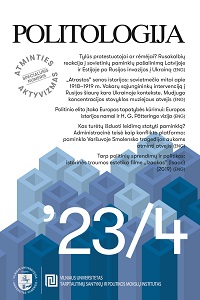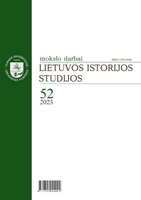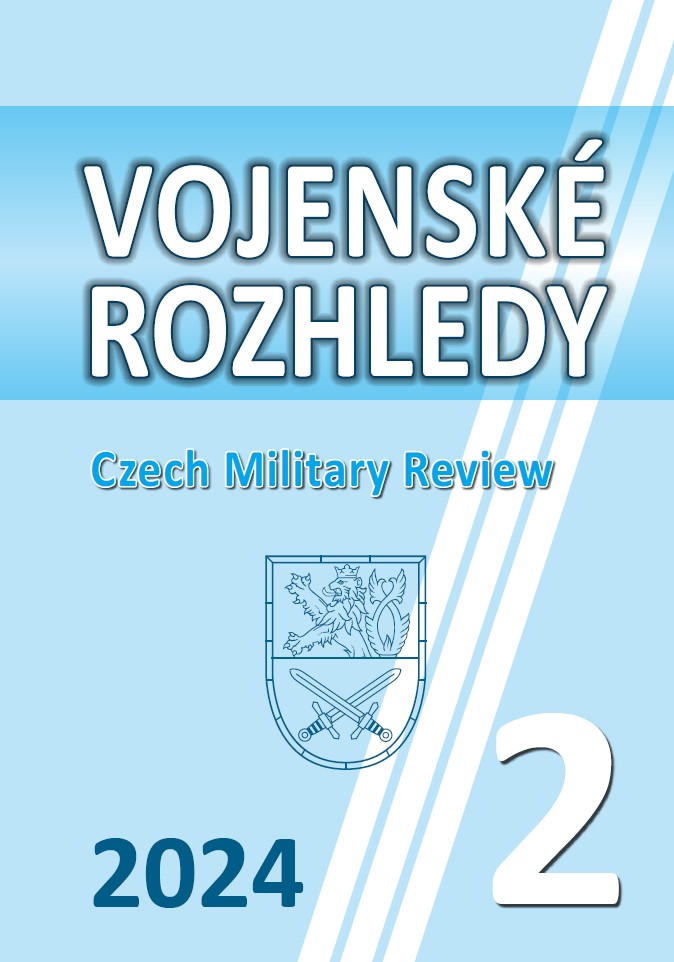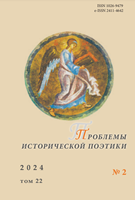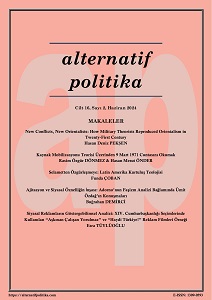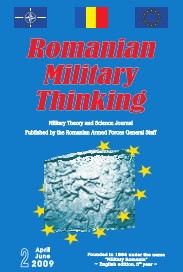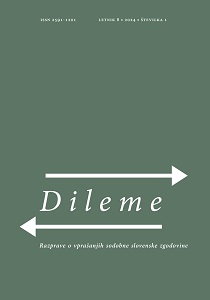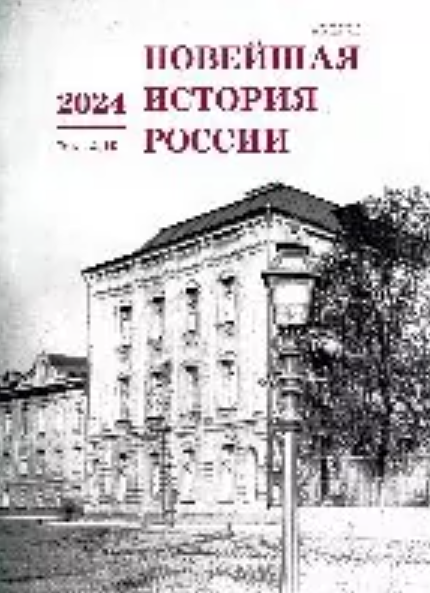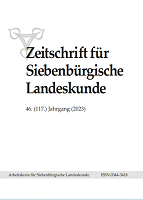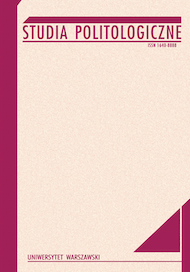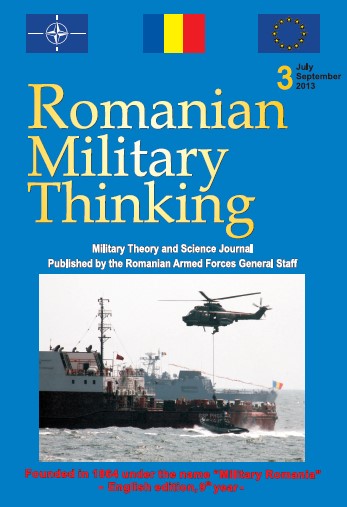
INTELLIGENCE – COORDINATE OF NATIONAL AND GLOBAL SECURITY EQUATION –
Regardless of controversies, different conceptual approaches, and substantive and formal changes in the intelligence activity, intelligence professionals, historians, political scientists, sociologists and policymakers agree on only one aspect: the possession of valuable information is as important now as it was two thousand years ago, and the rapid and profound changes in the global environment require flexibility, accuracy, increased capability of forecasting and acting, and especially structures able to cope with the new intelligence requirements. The author considers that not all intelligence professionals value scientific and theoretical approaches to intelligence activities, although they may represent a necessary foundation of doctrinal changes and bureaucracy reduction in intelligence services.
More...

